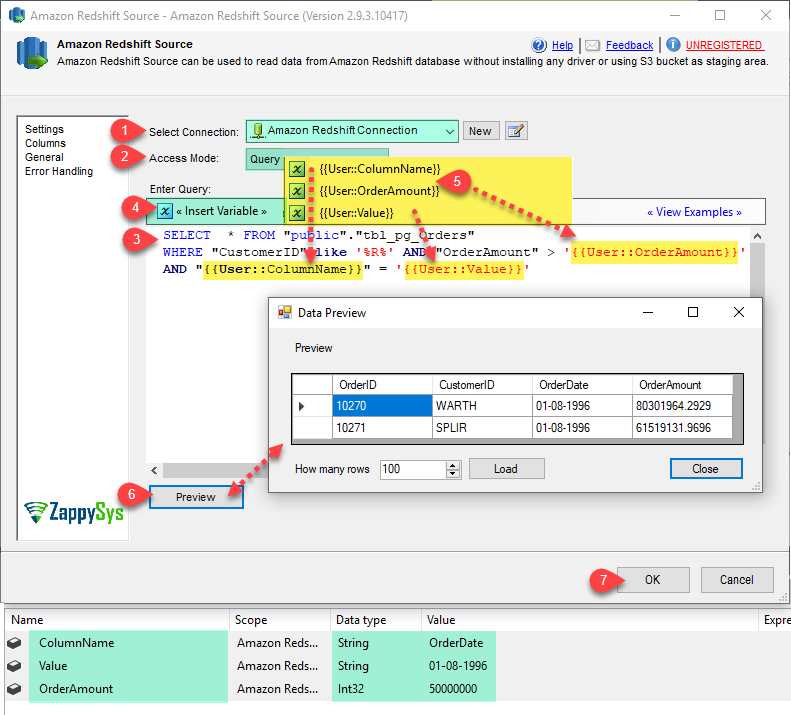

- AZURE DATA STUDIO REDSHIFT HOW TO
- AZURE DATA STUDIO REDSHIFT TRIAL
- AZURE DATA STUDIO REDSHIFT PASSWORD
You can create more data sources and new visualizations, build reports, and more - all without replicating Azure Data Lake Storage data. Now you have a direct connection to live Azure Data Lake Storage data from your Google Data Studio workbook. SQL Access to Azure Data Lake Storage Data from Applications Connect using the server information for your Connect Server instance (server address, port, username, and password). If you need to work with data from a custom SQL query, you can use the MySQL Connector. Optional: Connect with the MySQL Connector
AZURE DATA STUDIO REDSHIFT PASSWORD
AZURE DATA STUDIO REDSHIFT HOW TO
See the property for more information on how to acquire this. AccessKey: Set this to the access key which will be used to authenticate the calls to the API.FileSystem: Set this to the file system which will be used for this account.To authenticate against a Gen 2 DataLakeStore account, the following properties are required: If not specified, the root directory will be used.Īuthenticating to a Gen 2 DataLakeStore Account Directory: Set this to the path which will be used to store the replicated file.OAuthClientSecret: Set this to the key generated for the app you created.OAuthClientId: Set this to the application Id of the app you created.Account: Set this to the name of the account.To authenticate against a Gen 1 DataLakeStore account, the following properties are required: Add a description, a duration, and take note of the generated key. At a minimum, "Azure Data Lake" and "Windows Azure Service Management API" are required. Select "Required permissions" and change the required permissions for this app.Select Web app for the type of application you want to create. Provide a name and URL for the application.

Sign in to your Azure Account through the.

Gen 1 uses OAuth 2.0 in Azure AD for authentication.įor this, an Active Directory web application is required.
AZURE DATA STUDIO REDSHIFT TRIAL
Get more information on the CData Connect Server and sign up for a free trial at. This article requires a CData Connect Server instance and the CData Connect Server Connector for Google Data Studio.


 0 kommentar(er)
0 kommentar(er)
